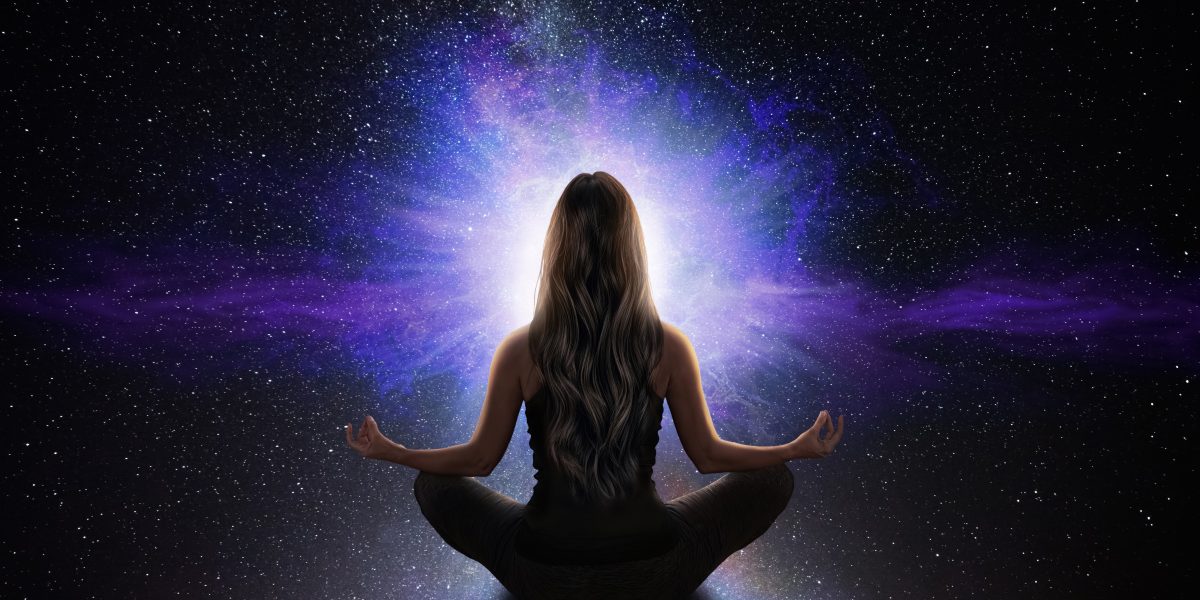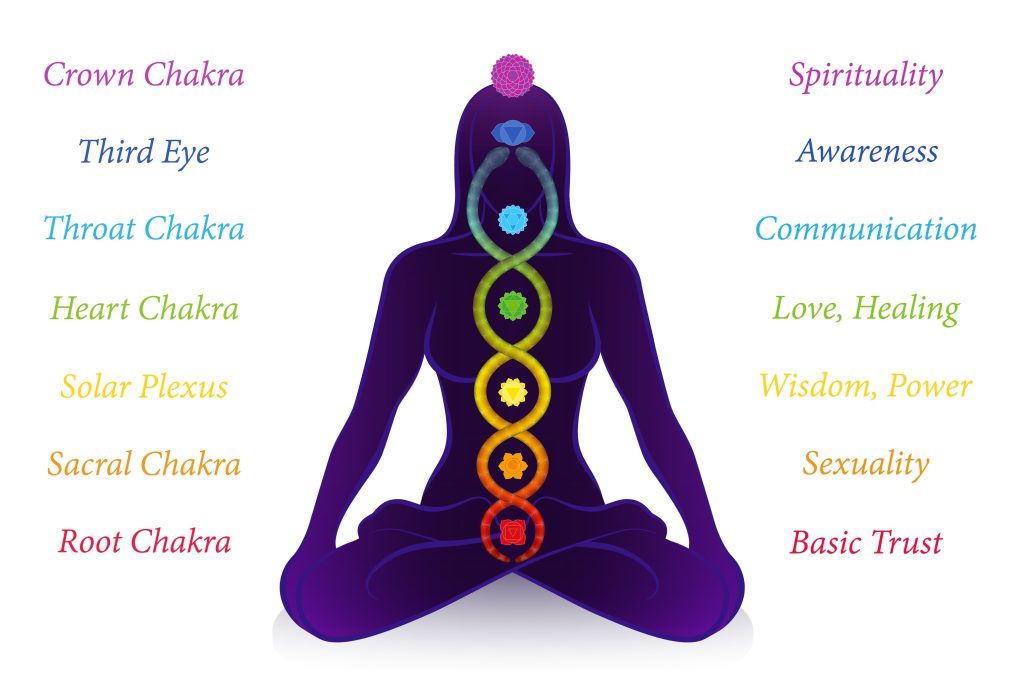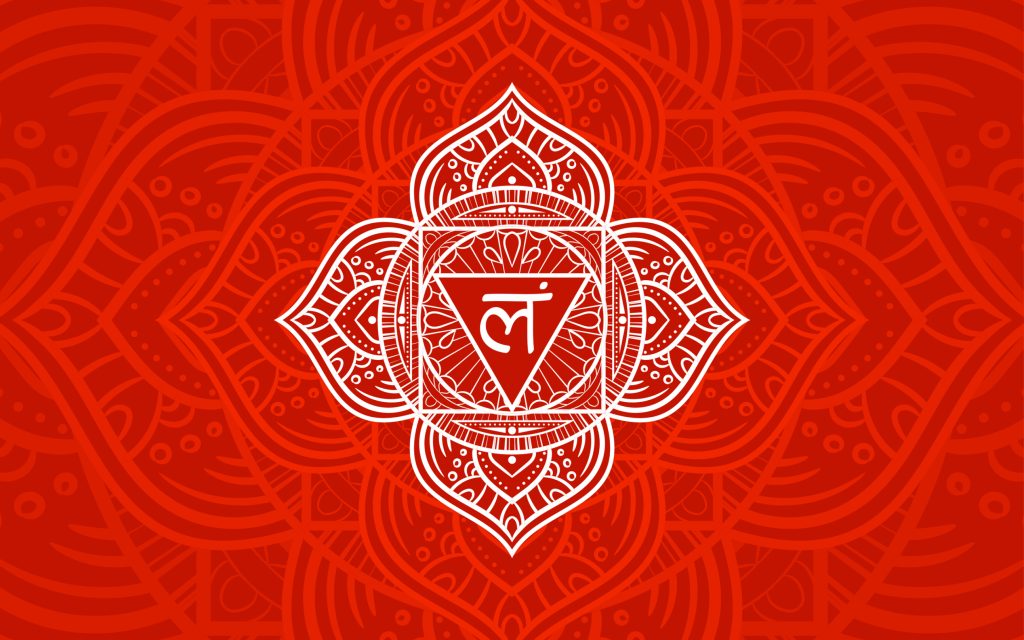
in this article
- A Brief Overview of Kundalini Awakenings
- The Causes of Kundalini Awakenings
- Kundalini Syndrome
- Risk Factors
Are you 18 or older?
Please confirm that your are 18 years of age or older.
You are not allowed to access the page.

Disclaimer: The views and opinions expressed in this article are those of the authors and do not necessarily reflect the official policy or position of the Chemical Collective or any associated parties.
Kundalini yoga is one non-drug method that can be used to induce spiritual experiences. A ‘kundalini awakening’ is a specific type of spiritual experience that can occur as a result of practising this form of yoga. This is typically experienced as an intense release of (what is considered) dormant energy, leading to a range of physical, emotional, and spiritual effects.
However, as with any intense spiritual experience, there is a dark side to kundalini awakenings. These experiences can be highly distressing, with the symptoms manifesting as psychotic or psychotic-like. Kundalini awakenings illustrate how the line between spiritual experience and mental health problems can become blurred (although this distinction does, to some extent, rely on cultural differences). Despite the challenge of recognising when a kundalini awakening warrants professional mental health support, the distress involved in these spiritual experiences should always be treated seriously.
To bring more attention to this risk of kundalini yoga, this post will outline what a kundalini awakening is like, what causes it, the forms of psychological distress that can present themselves, and the individual risk factors involved.
Kundalini yoga is a spiritual practice in the yogic and Tantric traditions of Hinduism, focused on awakening what is referred to as kundalini energy. This is a type of energy believed to lie dormant at the base of the spine, visualised as a coiled serpent. Kundalini yoga is based on the concept of chakras, energy centres in the body that are believed to affect our physical and emotional well-being, of which there are seven.
In the chakra system, the base of the spine is the root chakra – the first chakra – and the goal of kundalini yoga is to awaken this sleeping energy (or shakti). This dormant energy is coiled, like a serpent, but if aroused, it is said to ‘uncoil’ and travel up the spine, activating the six other chakras. When it reaches and activates the seventh chakra (the crown chakra), this elicits a higher state of consciousness and spiritual awakening. (The crown chakra is believed to be connected to universal consciousness, or the divine.)

This spiritual experience – or kundalini awakening – is achieved through a combination of breathwork (pranayama), chanting, repetitive poses (asanas), and specific hand gestures (mudras). When sustained, people can enter an intense altered state of consciousness. Some have compared this to a psychedelic experience – a way of achieving a psychedelic-like or mystical state without needing to take drugs, while others have interpreted their psychedelic experiences as triggering a kundalini awakening. There is also a popular narrative that circulates in psychedelic and spiritual communities that a kundalini awakening is the result of endogenous DMT being released. (The idea that the human brain produces endogenous DMT – and that even if it does, this is responsible for any spiritual experience – has not been established.)
When a kundalini awakening is experienced, it can involve a range of physical sensations, intense emotions, and mystical effects, including:
Kundalini Rising: Exploring the Energy of Awakening (2009) is a compilation of essays by doctors, scholars, and spiritual teachers who experienced a kundalini awakening. Dorothy Walters, PhD, recounts:
Suddenly, I felt a ball of rapturous energy in my lower abdomen. And, within seconds, it seemed these energies rushed up towards my head. I felt an influx of ecstatic energy streaming into my skull while my very brain was infused with rapture. As my crown opened, it felt like ‘a thousand petals unfolding,’ just as the ancient texts described…
Penny Kelly compared her experience to “[uncontrollable] orgasms in my head.” However, we find reports of negative experiences too; someone who identified only as Sherry felt “pain and anxiety on the left side of [my] body. [I] thought [I] was having a heart attack.” Others described their kundalini awakening as “near-death experiences” or “psychosis”, while other yoga practitioners thought of it as “a total and complete sense of peace that could only be described as bliss.”
So we can see that kundalini awakenings are experienced in a variety of ways. But what is it about this practice that can evoke such intense reactions, without the use of drugs?

As we have seen, the traditional explanation for a kundalini awakening is the arousal of dormant energy in the root chakra. When this is a big and sudden release of energy, rather than a slow release, this is seen as the cause of intense altered states, including their negative variety. When people aren’t prepared for this kind of experience – and it occurs without guidance, support, and a framework to make sense of it – this is believed to cause distressing symptoms.
When this awakening is spontaneous, unsought, overwhelming, and out of control, this is known as kundalini syndrome, or physio-kundalini syndrome (which is often compared to a state of psychosis, although manic symptoms can be present too). The Physio-Kundalini Syndrome Index – a 19-item questionnaire, developed by NDE researcher Bruce Greyson – is used to assess a person’s symptoms to see if they are suffering from this syndrome. It covers motor, somatosensory, audiovisual, and mental phenomena.
On a more scientific level, the long deep breathing involved appears to be one key element in which kundalini yoga can trigger altered states of consciousness, much like other forms of breathwork. Through sustained deep breathing, physiological changes occur, altering brain activity in a way that correlates with intense subjective experiences. A 2001 study examined a highly experienced kundalini yoga practitioner and found that the shift in their breathing patterns was associated with more alpha EEG activity. A 2016 case report, involving fMRI, investigated someone experiencing a self-reported ecstatic kundalini experience. Their altered state was validated through the researchers’ use of the Phenomenology of Consciousness Inventory and the Physio-Kundalini Syndrome Index. The authors of the study state:
Using neurophenomenology and functional magnetic resonance imaging (fMRI), we were able to identify brain activation in the left prefrontal cortex [primarily in left Brodmann׳s areas (BAs) 46 and 10, but also extending into BAs 11, 47, and 45] associated with this experience…. The feelings of joy, happiness and the left prefrontal brain region found in this study are consistent with many published neuroimaging and electrophysiological studies of meditation. This case study suggests that using first-person subjective experience within a phenomenological reduction process can be combined with neuroimaging to divulge objective brain regions associated with such experiences. Furthermore, this provides evidence that at least in this participant, the Kundalini experience is associated with brain activation in the left prefrontal cortex. Future research is needed to confirm these results in a large group study, perhaps contrasting brain activation of those who experience spontaneously emerging Kundalini with trained Kundalini practitioners.
Much remains to be learnt about the physiological basis and neural correlates of kundalini awakenings, including their positive and negative varieties. Even if someone leans more towards this naturalistic explanation than the traditional one centered around chakras and shakti, this doesn’t mean we have to be reductive about these ‘awakenings’. After all, research has also highlighted how these experiences can lead to lasting positive changes for people who experience them. Based on what we know from other forms of breathwork, controlled breathing – and its effects on the body – acts as an effective technique for altering the mind without exogenous chemicals.
A 2022 case report published in the Indian Journal of Psychological Medicine describes a 19-year-old female patient who had been practising kundalini yoga (as well as hatha yoga) on her own for the past three months. This involved practising pranayama and meditation unguided. The study authors write:
She would experience some unregistrable vibration, similar to the kundalini experiences as believed and written in the Hindu shashtras. She ascribed the vibration to some eternal force and considered herself to be its passive recipient. She also felt that people around her are talking about her, though others repeatedly refuted that, and was hearing clear voices, in an awake state, telling her to follow orders in her day-to-day activities. Her sleep pattern was disturbed; she would frequently get up at night and would often be found doing pranayama and meditation.
Over a month, she also expressed to have experienced eternal enlightenment and would feel that all materialistic things, including a person’s basic needs of hunger and thirst, are immaterial to them. Initially, her family members also believed these experiences to be an outcome of her yoga practices but were later concerned with a gradual change in her previous self and social and biological function. This change in the patient was not seen as deviance but as an impact of yoga practice until she stopped eating, speaking, and interacting with others and was found frozen in sustained postures, requiring medical attention.
Upon examination, she displayed “blunt affect, delusion of reference, somatic passivity, auditory (command) hallucination, impaired judgment, and absent insight. The patient was diagnosed to have schizophrenia, catatonic subtype”.
The authors emphasise, “Awakening of kundalini should be a gradual process and supervised; failure to do so under proper guidance leads to negative effects including psychosis.” In their treatment of this patient, antipsychotic medication helped to alleviate the symptoms.

A 2021 study published in Complementary Therapies in Clinical Practice also highlights cases where kundalini awakening experiences present as psychotic symptoms. Nonetheless, they stress that “there is a possible ambiguity in distinguishing the psychopathology from spiritual crisis situations.” They add that negative side effects can occur “if advanced yogic practices are not performed properly with necessary preparations and precautions under the guidance of an expert.” Sarah Sourial has spoken about a psychotic episode she experienced that parallels a kundalini awakening. She experienced religious delusions, including the belief that she was the Virgin Mary and was pregnant with Christ.
Kundalini syndrome features many of the negative effects mentioned in the brief overview of kundalini awakenings. Other signs include:
People with a personal or family history of psychosis or bipolar disorder may face greater risks when engaging in kundalini yoga than others. This heightened risk is typically considered to apply in the case of holotropic breathwork and psychedelics as well. The authors of the 2021 paper cited above conclude:
Advanced yogic practices such as Kundalini Yoga may increase tendency to develop psychotic disorders if they are not performed under-supervision and with necessary preparations and precautions, especially in individuals who are at increased risk of developing psychotic disorders. It is important to assess risk factors for psychosis before practicing advanced meditative practices.
If you’re interested in practising kundalini yoga to gain spiritual effects and benefits, you can mitigate the risks involved by:
As with many kinds of spiritually-themed experiences that cause distress – or spiritual emergencies, as they are also known – there is the possibility of growing from these experiences. For example, Sourial – despite accepting that her experience was a psychotic episode – said, “I will never forget my psychotic experience and I consider that it was
certainly worth having. Since this time I have experienced a much deeper level of relationship, with myself and with others, including God.” However, whether people grow and gain insight from these experiences, and see them as fruitful, often depends on the support and guidance available to them. Towards this aim, further research should try to shed light on what approaches best help people experiencing kundalini syndrome.
Sam Woolfe | Community Blogger at Chemical Collective | www.samwoolfe.com
Sam is one of our community bloggers here at Chemical Collective. If you’re interested in joining our blogging team and getting paid to write about subjects you’re passionate about, please reach out to David via email at blog@chemical-collective.com

Welcome to Chemical Collective.
Create an account to earn 200 welcome points.
Already have an account? Sign in


Check out our Community Blog and get involved with the conversation. You will be awarded 50 x ChemCoins for each comment up to a limit of 250 total ChemCoins.


Have you purchased any of our products? Reviews and reports are so important to the community. Share your honest opinion, and we’ll reward you with 50 ChemCoins for each review!


Every time you complete an order with us, you’ll be awarded ChemCoins for each Euro spent.
Welcome to Chemical Collective.
Create an account to earn 200 welcome points.
Already have an account? Sign in

Earn commission every time someone makes a purchase through your link.
When you become an affiliate, you will be allocated a unique link to share with your friends, followers, subscribers, or Aunt Susan.
You can choose to payout the commission earned once per month, or save it up to receive on a rainy day! Commission earned is 5% of the total order value per referral.
Contact us to join the Chemical Collective family and become an affiliate.
share your toughts
Join the Conversation.